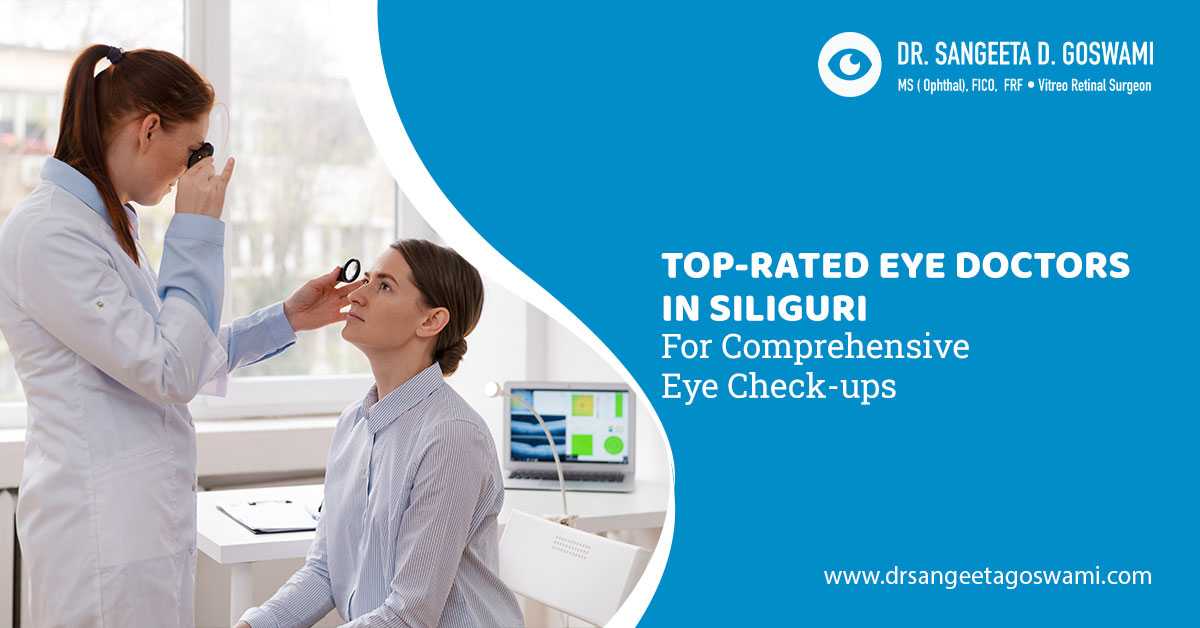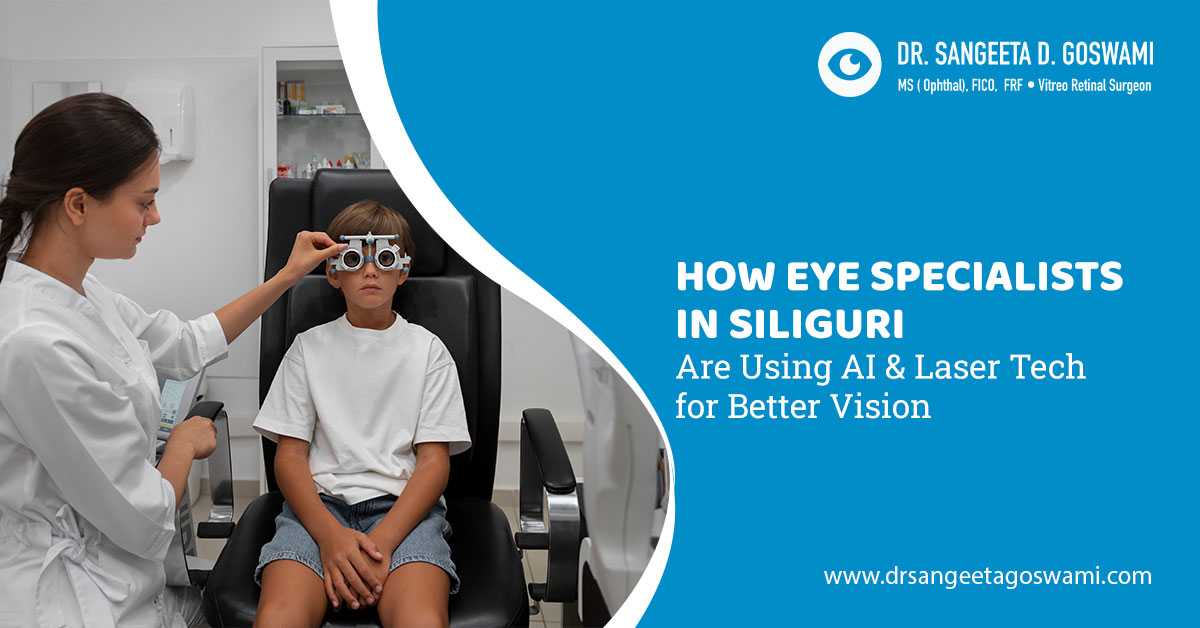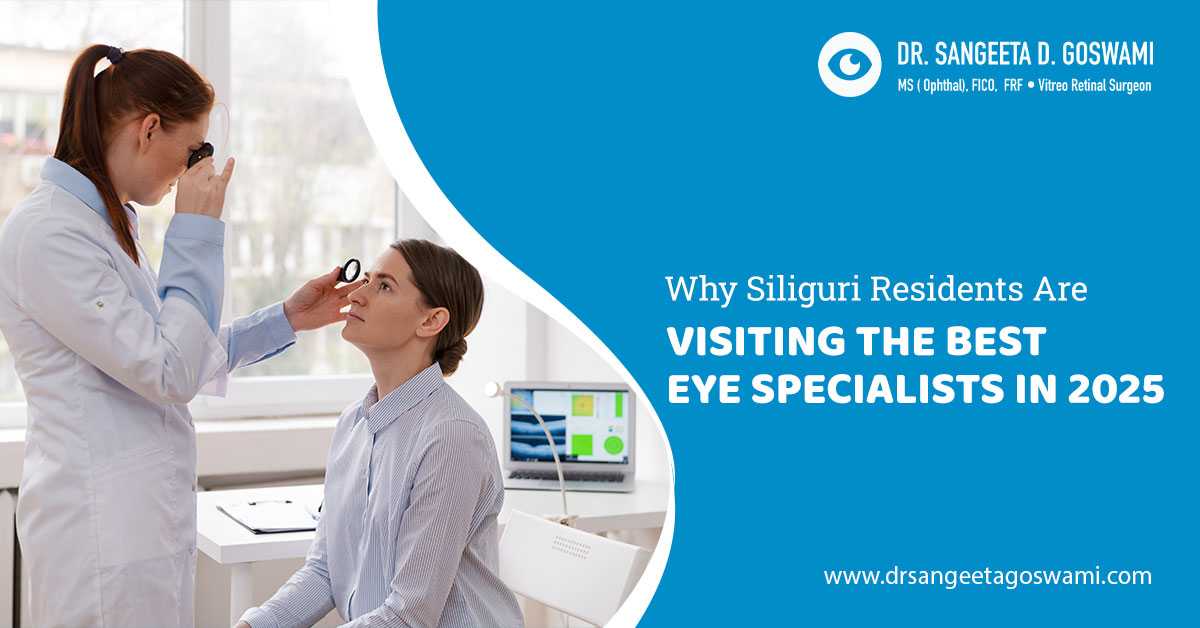The pupil is the central part of the human eye, which is essentially a tunnel in the middle of the iris. It plays an important part in regulating vision by expanding and contracting for light adjustment. This marvel of biological engineering helps in refining perception while also maintaining balance. Nonetheless, in unusual situations, individuals may be born with several pupils in one eye.
This rare medical anomaly is known as Polycoria and, according to a reputed eye specialist in Siliguri, is often diagnosed only during childhood. There are many nuances connected to this condition that need further understanding. In this blog, we will be looking into this condition in detail and analyzing its symptoms, diagnosis methods, and treatment options.
Understanding Polycoria
This condition indicates the existence of two or more pupils within an iris. While this is known to be a rare case of mooraine adults and is usually diagnosed among children, it can be caused due to trauma and inflammation of the eye.
The condition can be differentiated into two specific types, namely true polycoria and pseudo-polycoria. According to an eye specialist in Siliguri, pseudo-polycoria cases are far more common than those with true polycoria.
While pseudo-polycoria consists of openings that do not function like proper pupils, the multiple pupils caused by true polycoria can function on their own, causing issues related to vision in an individual.
Symptoms Associated With Polycoria
The symptoms related to this condition tend to vary from individual to individual. According to a reputed eye specialist in Siliguri, this condition is very easy to overlook and is often found only after an eye examination. Here is a list of symptoms that affect individuals with double vision
-
Double or blurred vision
-
Difficulty focusing
-
Light sensitivity (photophobia)
-
Reduced visual sharpness or acuity
-
Iris abnormalities are visible to the naked eye
-
Headaches or eye strain, particularly in bright lighting
Diagnostic Methods for Polycoria
The diagnosis usually happens during a thorough eye examination. From then on, eye specialists in Siliguri tend to use various methods to increase the accuracy of the diagnosis. Some commonly used diagnostic tests are
-
Slit-lamp examination: Offers a magnified view of the eye’s structures
-
Pupil light response tests: To determine whether the secondary pupil is functional
-
Optical coherence tomography (OCT): Helps in visualizing internal eye layers
-
Visual acuity and field tests: To check how vision is being affected
However, it is also essential to remember that true polycoria differs from other similar-looking conditions, such as coloboma (a hole or defect in the eye structure) or surgical iris openings. A precise diagnosis guarantees that the appropriate treatment course is taken..
Treatment Options for Polycori
The treatment for this condition depends on the ability of the additional pupil. If it can function independently or interfere with the vision, it is taken into consideration by a specialist before providing any treatment options. In cases where no symptoms are active, the specialist usually only suggests regular monitoring, and there is no need for any extra intervention. In situations where a patient is experiencing highly active symptoms, several treatment alternatives are available including
Surgical correction: Removal or closure of the extra pupil, especially if it affects light regulation
Vision therapy or corrective lenses: To manage symptoms and improve visual clarity
Management of underlying conditions: Like cataracts or glaucoma that might be contributing to pseudo-polycoria
If this condition is found in children, they need to be treated as quickly as possible. When it comes to children, this condition can cause various issues during the developmental period of children. And also lead to other conditions such as amblyopia or lazy eye.
Conclusion
Polycoria may be rare, but it serves as a reminder of how diverse and delicate the human eye truly is. While these conditions may make various people curious, they heavily affect the daily life of the patient. The key way to prevent these conditions starts with early detection and also requires proper medical treatment. With an experienced eye specialist in Siliguri, you can overcome all your vision issues related to these conditions and also get solutions for other conditions.







